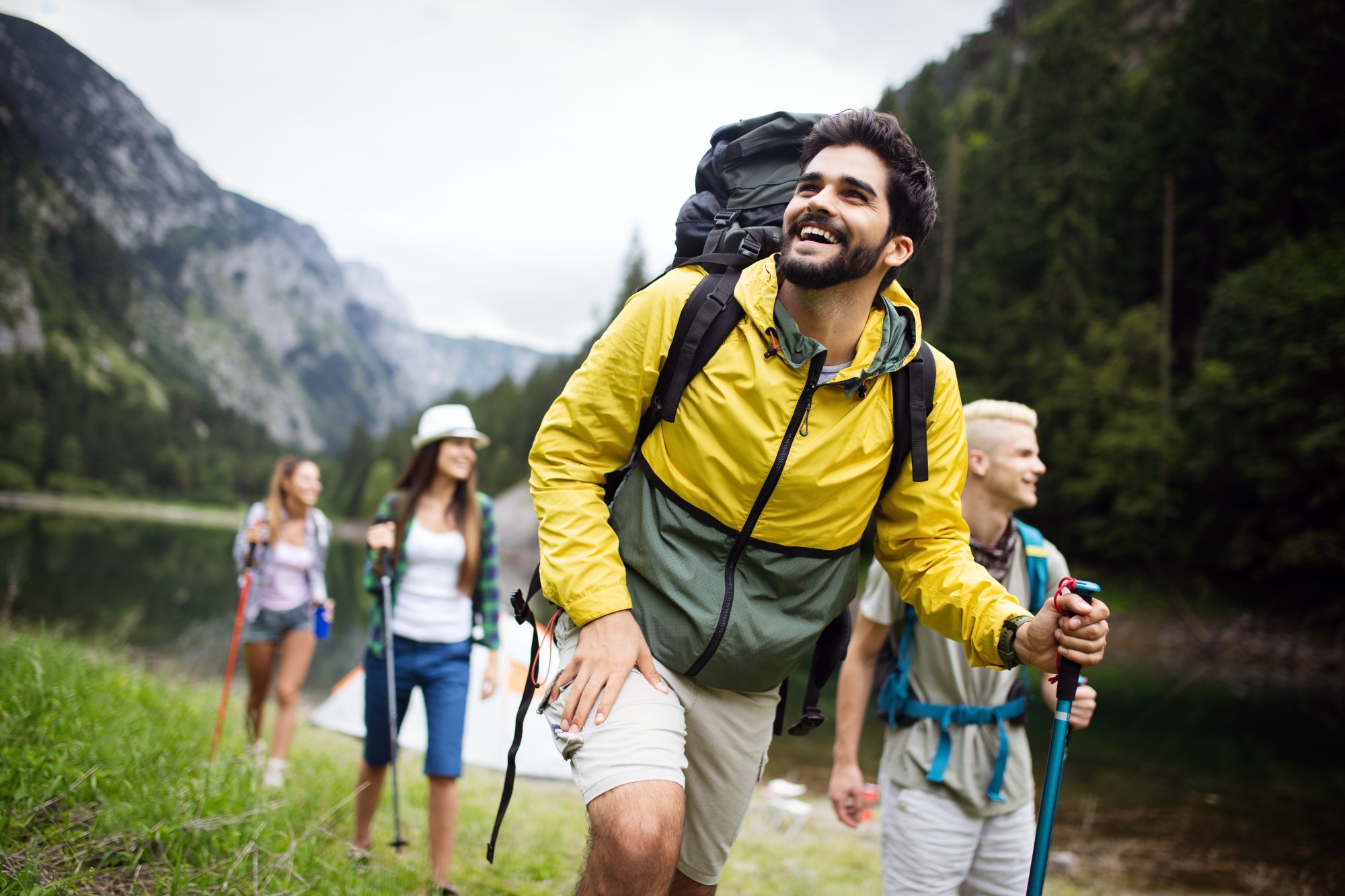Whether you’re a first-time hiker or a seasoned professional, you need a sound hiking checklist. Packing for a hiking trip can be an arduous process, but you can customize your packing based on the nature of your hike.
Most notably, you need repair kits and first aid kits. Then, you need the right type of food and clothing. When dealing with water, carry a lightweight water bottle, and you shouldn’t carry heavy jugs along the way.
That said, things can get more complicated when it comes to skin protection.
This article will show you what to pack for a hiking trip. Let’s explore.
Protect Your Skin
Your backpack should include sun protection in the form of lip balm and sunscreen. Carry these items even if you’re hiking on a cloudy day.
Many hikers think they don’t need sun protection if they’re hiking in shaded areas. However, the sun’s harmful UV rays can filter through clouds and woods.
You should also wear sunblock if you’re hiking in snowy areas, as snow reflects UV rays. This reflection can lead to snow blindness and can damage your eyes exponentially.
Also, sun damage is the primary cause of aging skin. Moreover, sunscreen can lower the risk of melanoma by as much as 50%. For the most effective results, apply 15 SPF sunscreen daily.
Besides sunscreen, you should wear a brimmed hat and protective clothing.
The Right Clothing
When it comes to clothing, you should carry an extra pair of clothes that will provide more insulation. Extra clothes will come in handy during warmer conditions.
For example, a good piece of protective clothing is a hooded jacket. Regardless, you’ll want to be prepared when the temperature drops at night.
- Note: Avoid cotton clothing, as they take longer to dry. Additionally, cotton clothes take a long time to draw heat from your body. Instead, wear synthetic clothing that manages perspiration.
Managing your perspiration is important because wet clothes will make you feel cold when you slow down.
First Aid Kit
A first aid kit for hikers should comprise more than bandages and ointment. Instead, purchase a special first aid kit for hikers. These packs usually contain the following items:
- Bandages
- Antiseptic pads
- Gauze pads
- Insect ointment
- Antihistamine (For allergic reactions)
- Ibuprofen
- Medical tape
- Non-sticky pads
- Antibacterial ointment
- Blister treatment kit
All of these are essential because you never know what type of dangers you’ll encounter. Even a small cut can lead to a severe infection outdoors. You can add more items based on your needs and the type of hike you’re embarking on.
Repair Kits
You should pair your medical kit with a repair kit in case you need to fix various items. A Swiss army knife provides several tools at once, such as scissors, screwdrivers, blades, and utensils.
Repair tape is useful as well, particularly duct tape and tenacious tape. You can use tenacious tape to repair sunglasses or tentpoles. It will also repair torn tents.
Besides tape, you should include the following items in your repair kit:
- Sewing Kit: This is a useful kit in case you contend with torn fabric.
- Aquaseal: This will help you patch inflatable materials.
- Buckles: Carry additional buckles in case they break or go missing.
- Lighter: This will help you burn any fabric if necessary. It will also help you start a fire.
Fire Kit
A fire kit entails a lighter, firestarter cubes, and waterproof matches. If you’re more of the survivalist type, you can use a fire flint.
Regardless, you’ll never know when you need to rest and set up camp. Knowing how to start a fire will keep you warm on cold nights.
Reliable Lighting
In addition to fire, you’ll need a steady light in the form of a headlamp. This is the best option if you’re located in an isolated spot.
Plus, a headlamp will guide you as you traverse through dark paths. You can also use a caving lamp to guide you along the way. The best caving headlamp has over 2300 lumens.
If you don’t want to use a headlamp, you can use the built-in flashlight within your phone. Lighting will also come in handy as you repair items or prepare meals.
Nutritious Snacks
You should bring snacks if your hike will be more than an hour. The best types of food entail:
- Trail mix
- Fruit
- Nut butters
- Jerky
- Pistachios
Foods containing healthy fats will give you additional energy. Overall, you should eat a snack each hour to keep your body energized.
Avoid resting and eating larger snacks, as doing so will slow your body down. To prevent your body from crashing, drink plenty of water to hydrate your muscles.
Fresh Water
Keep your body hydrated at all times. Water will cool your body down when you’re in warmer weather, and it will warm your body in colder weather.
Above all, bring enough water on your hike. You can bring a portable water purifier to ensure you have access to clean drinking water. Place the water in a water bottle to access it easily.
A Comprehensive Hiking Checklist
A full hiking checklist includes sun protection, protective clothing, first aid kits, repair kits, fire kits, snacks, and a water purifier. You may need additional items depending on your hike.
Above all, ensure that you have plenty of food and water throughout your journey. Nutritious food should have healthy fats and proteins that will sustain your body.
Interested in reading more? Read more on our blog to learn about other topics.



